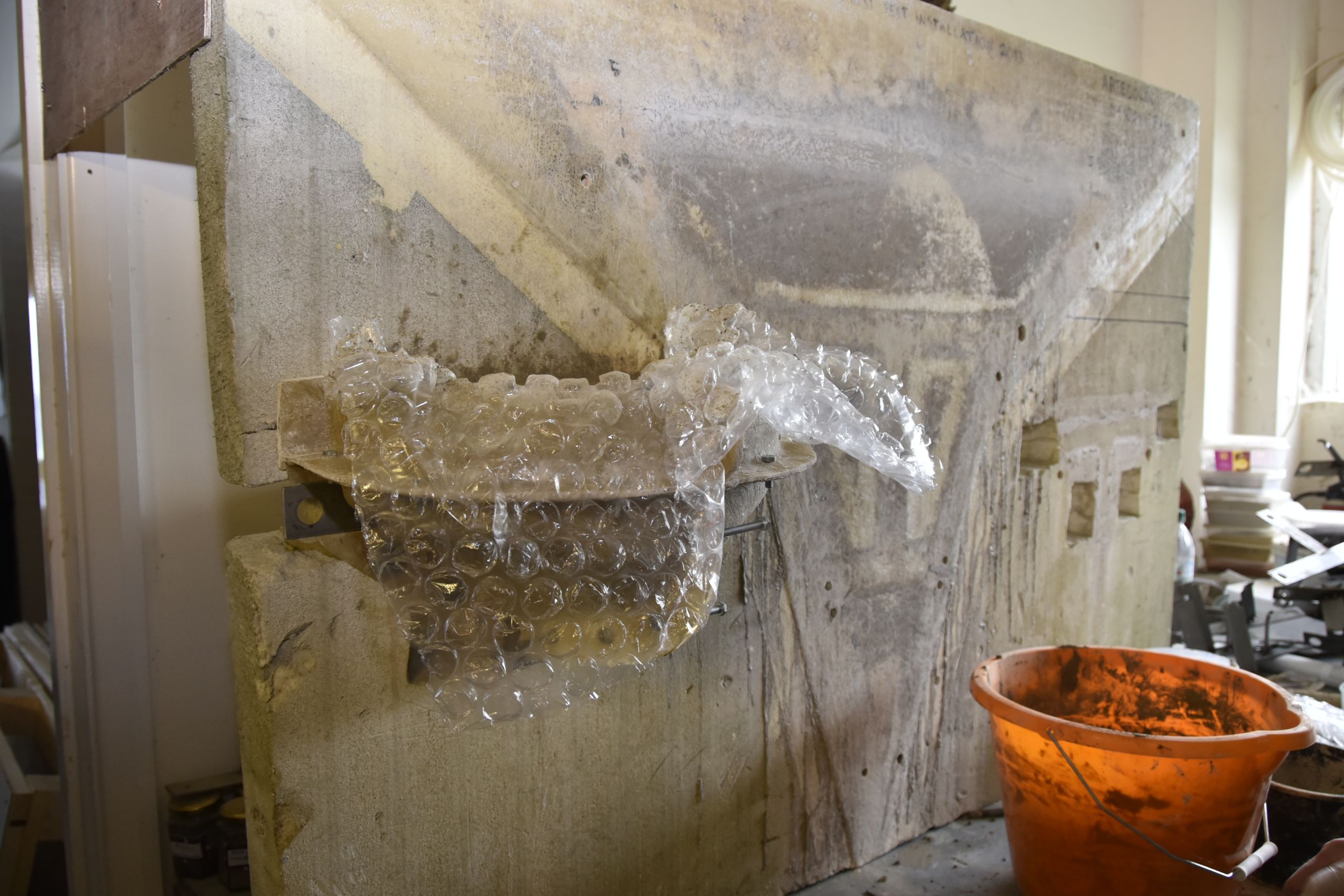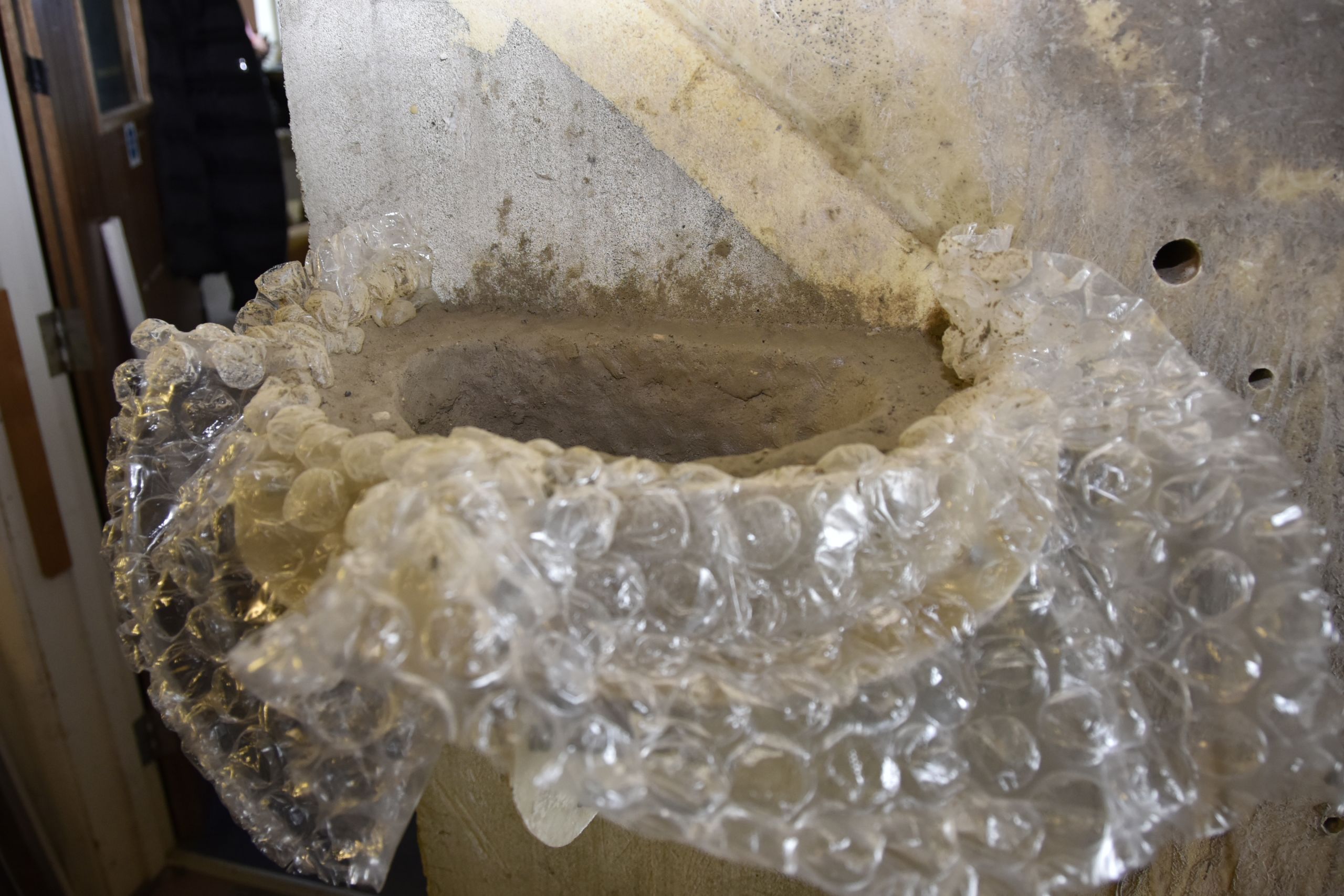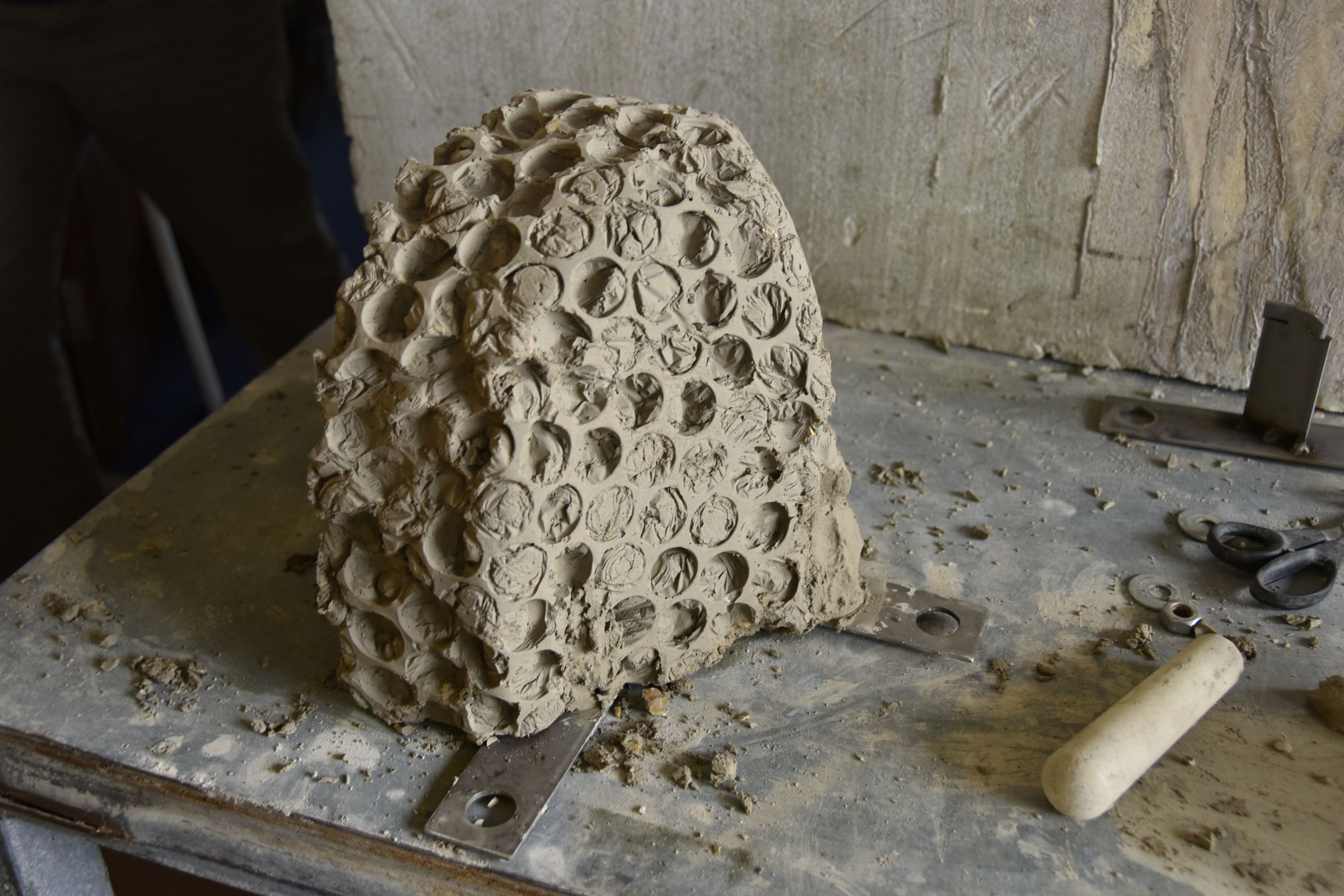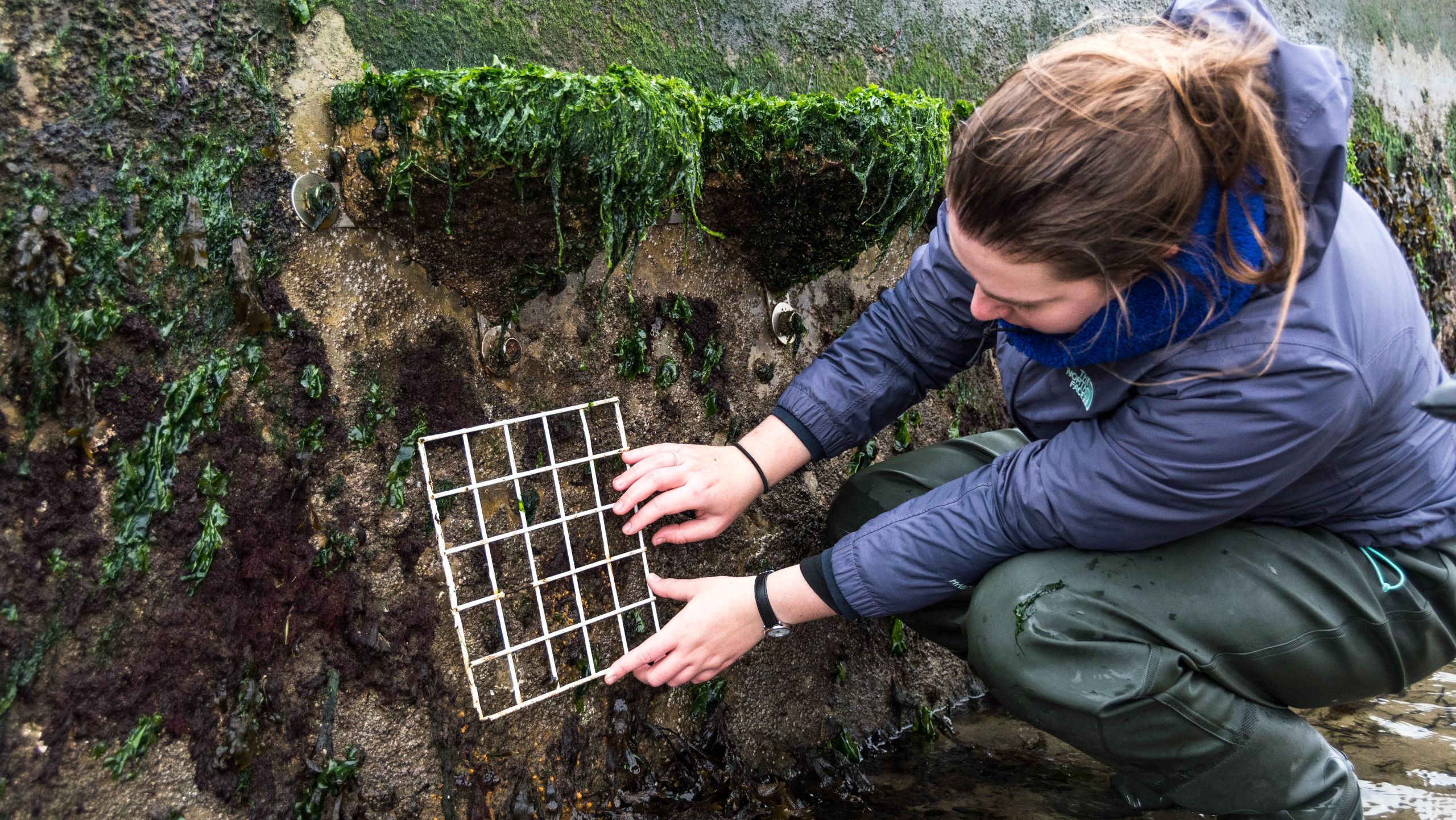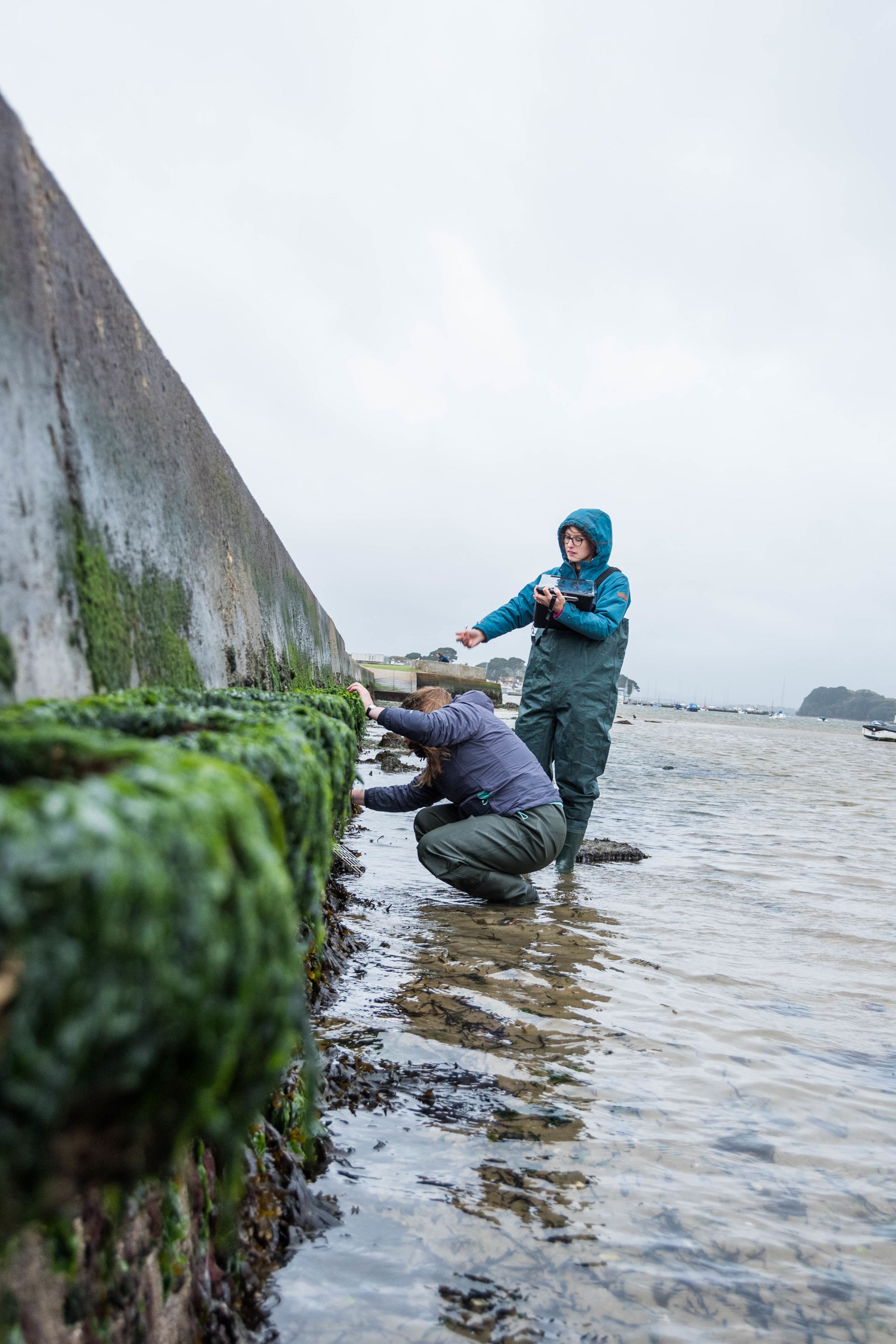Can artificial rockpools provide a new habitat?
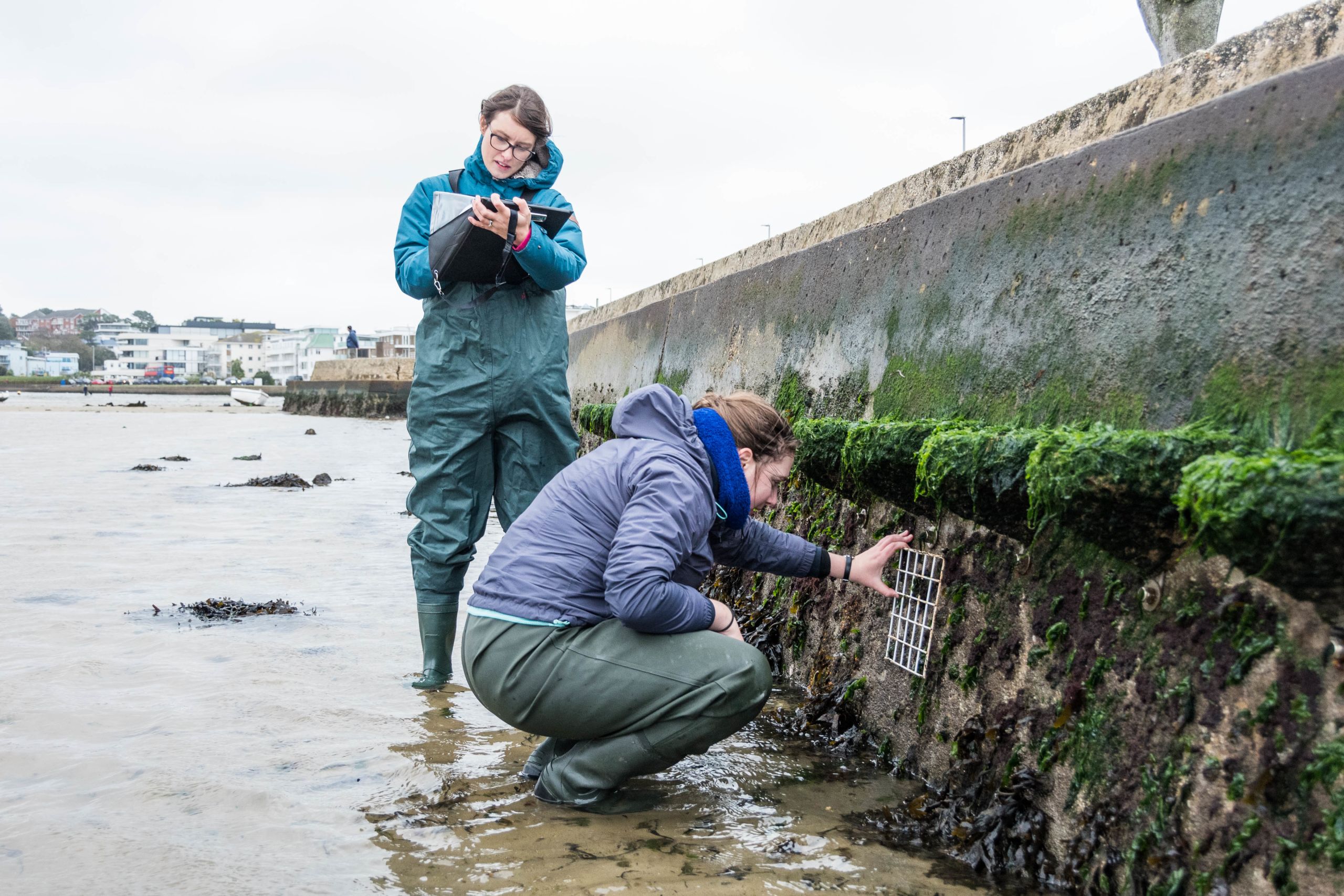
Bournemouth University has investigated how artificial rockpools fixed to harbour walls can increase biodiversity by creating additional habitat for marine species.
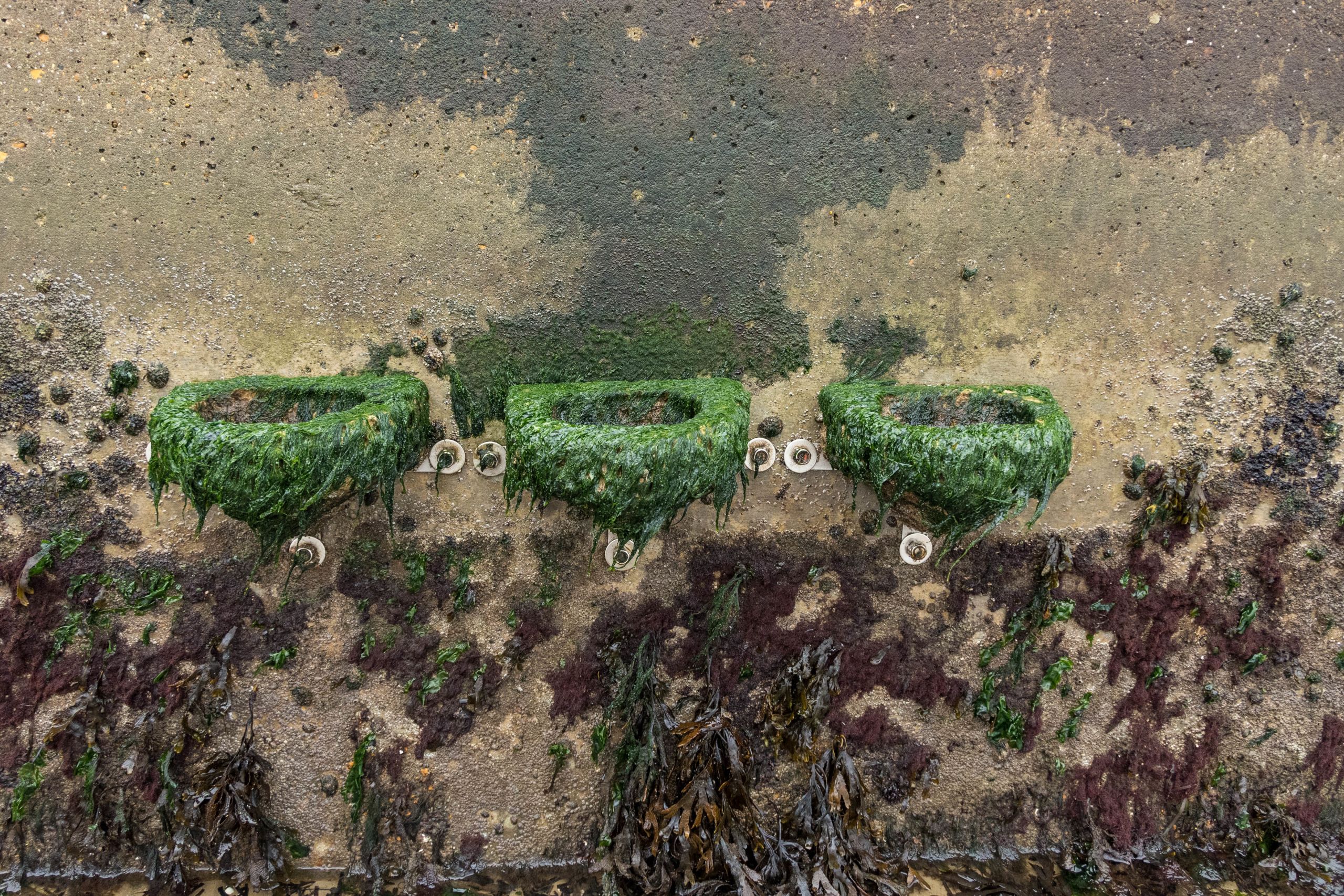
The research is looked at how to protect species from ‘coastal squeeze’ – an effect caused by rising sea levels that reduces the habitat of coastal marine life. As sea levels rise, rocky shores are lost where hard sea defences along urban coastlines create a barrier and prevent a natural habitat migration.
The Marineff project (MARine INfrastructure EFFects) is a three year, cross-Channel research project between universities and partners in the South of England and North of France. The project has €4.6million of European Union funding and brought together ecologists and material scientists from French and English universities, industrial partners and other stakeholders to find ways of protecting and enhancing coastal ecosystems.
The BU team has installed nearly 120 artificial rockpools across three UK sites with more due for installation on the north coast of France, and has been monitoring the life found in the pools over the past three years.
The artificial rockpools were manufactured by Isle of Wight based eco-engineering company Artecology and are a new bespoke design for the Marineff project.
Dr Herbert said: “Habitat loss is a serious threat to marine life as coastal development increases and sea level rises with climate warming. We are assessing how artificial rockpools work in practice, how they can be designed for new structures and retro-fitted to existing sea walls and harbours.”
Other partners in the project are investigating different methods of increasing habitat availability and biodiversity in developed areas along both the French and English sides of the Channel. The project was focused on areas with coastal infrastructure like ports and harbours because these manmade structures are hostile areas for marine life.
The type of artificial rockpools that BU investigated are made from natural low-carbon concrete and hand-finished to provide interesting, rough surfaces. Specially made tools are used alongside household material like bubble wrap to create the textured surfaces.
Most harbour walls and coastal infrastructure have a smooth finish without any holes or grooves for species to attach to or hide in. Marineff rockpools aim to increase biodiversity by providing seawater pools, cracks and crevices for species to find cover at low tide.
The rockpools are made with a metal bracket that allows them to be mounted on existing coastal infrastructure.
A Vertipool being made.
A Vertipool being made.
Bubble wrap is used to create texture.
Bubble wrap is used to create texture.
The underside of a finished Vertipool.
The underside of a finished Vertipool.
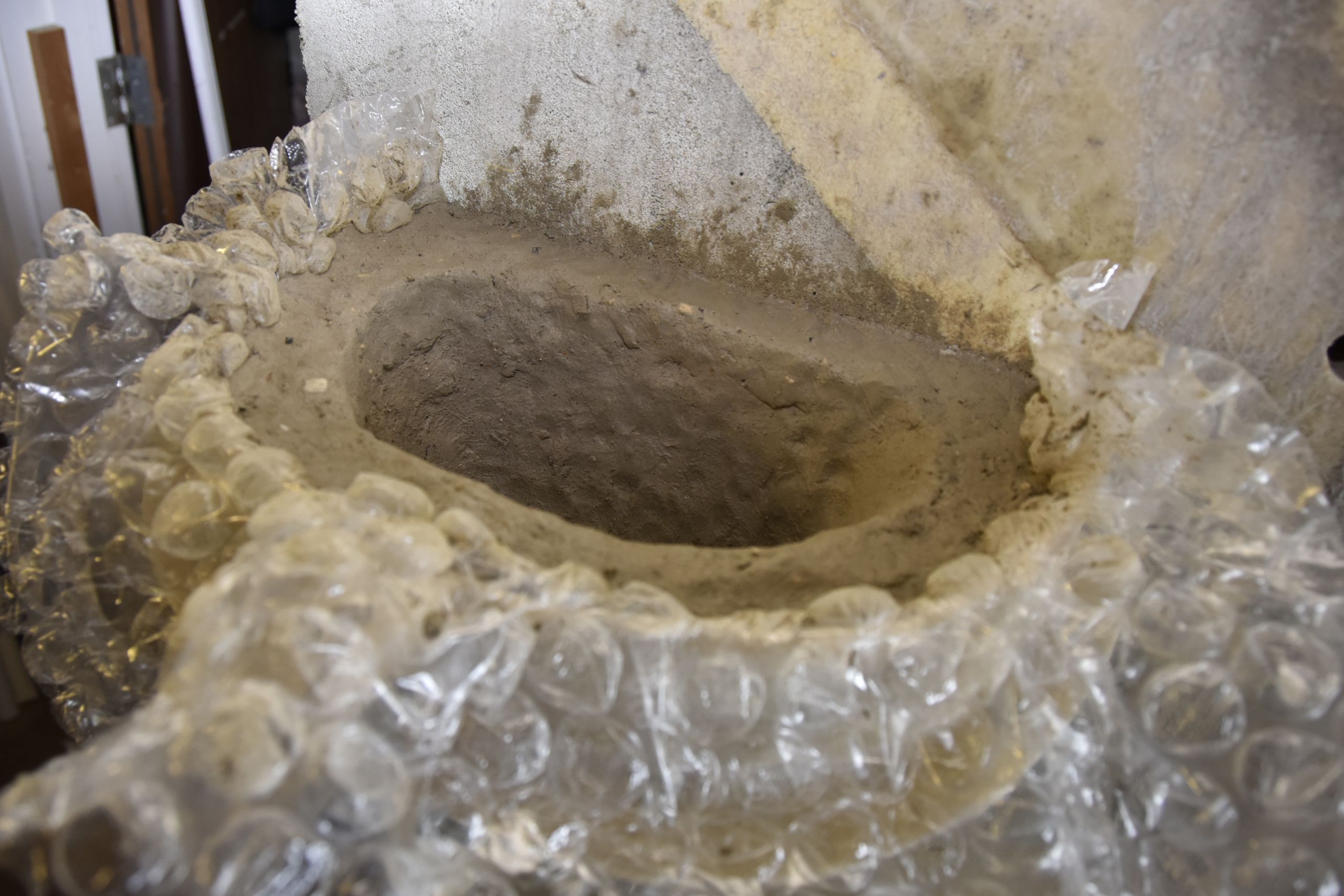
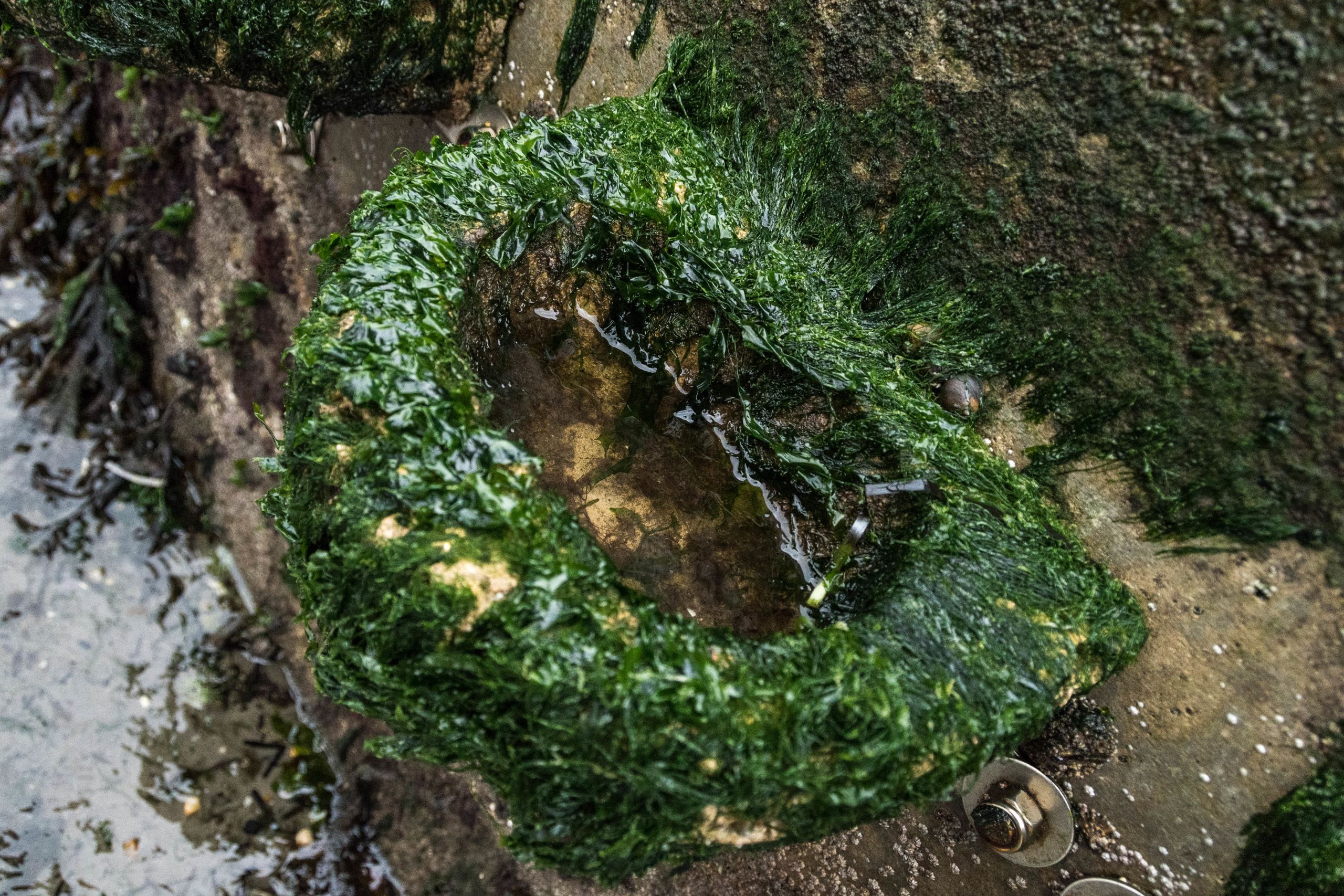
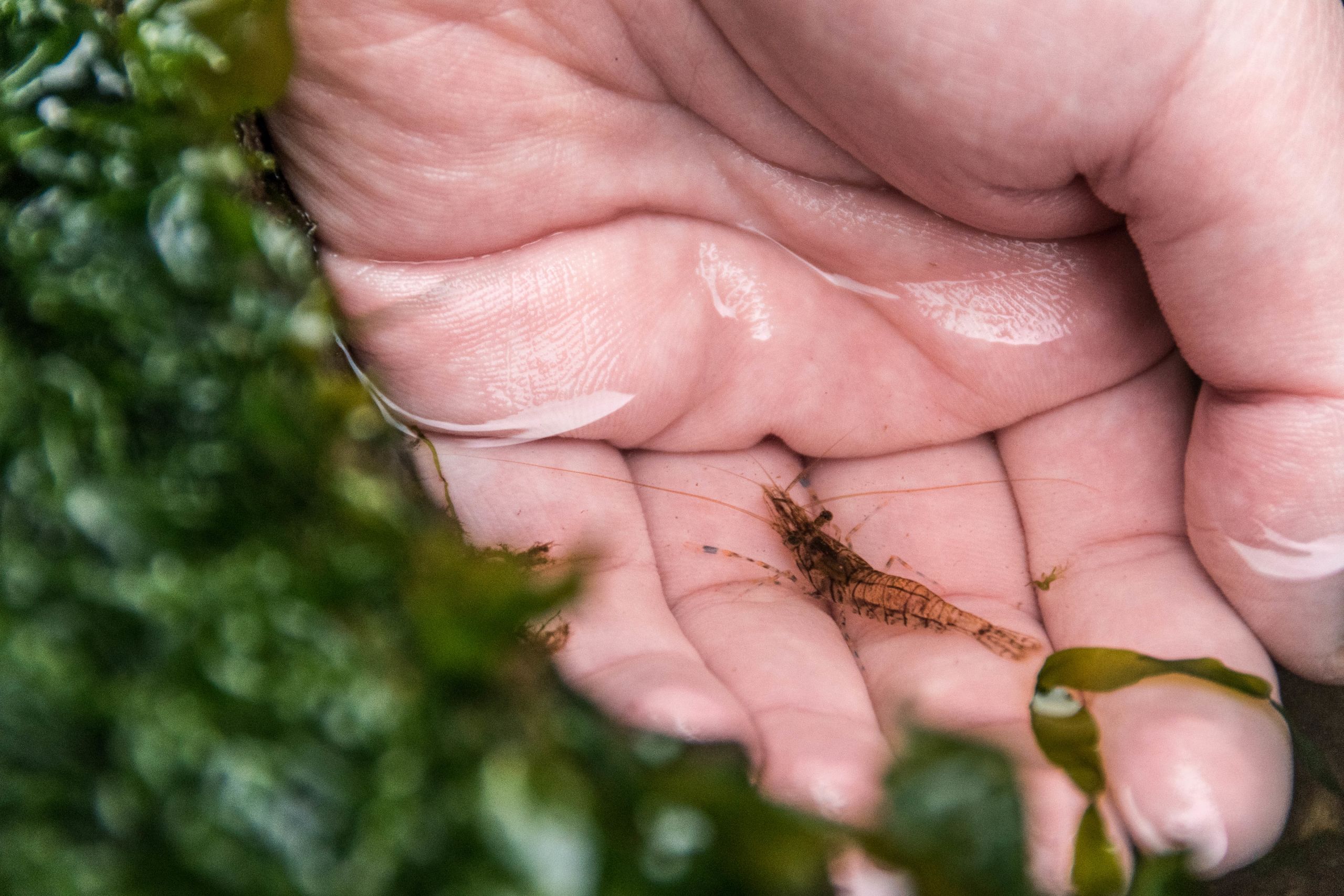
Marineff Research Assistant Jessica Bone explains how the rockpools work in practice: “As coastal development increases on our coastlines, we are losing habitat for coastal species in exchange for harsh surfaces that are tough for species to colonise. Where sea level rise meets coastal development and squeezes intertidal habitat, we have to adapt infrastructure to enhance the available habitat.
“Rockpools retain water which provides a crucial refuge for marine species, particularly in a warming climate. The rockpools also cast shade on the surrounding area and provide cool, damp spaces that species need to find shelter when the tide is out.
“Artificial rockpools are important for biodiversity on coastal infrastructure and provide shelter, feeding opportunities and nursery habitat.”
114 of the artificial rockpools were installed at three sites along the south coast - Poole Harbour, Yarmouth and Hamble Harbour.
For the past three years, the team have been monitoring the species that inhabit them and comparing the results to species residing on the sea wall.
They have found a host of marine life both in the pools and attached to the external texture of the rockpools. 65 different species have been spotted making use of the 45 artificial rockpools installed on a seawall at Sandbanks, including the protected native oyster Ostrea edulis.
Other species found include crabs, barnacles, molluscs, small fish, sea squirts and 25 types of seaweed.
This compares to 40 species that were found in whatever cracks and crevices they could find on the harbour wall, showing that the rockpools are creating an additional habitat for marine life that would not be able to survive on the harbour wall without the rockpools.
“This project has shown how rockpools can help us to ensure nature can continue to survive in urban coastal spaces," said Jess.
"They also give residents a chance to connect with nature, learning more about the wealth of wildlife just off the harbour’s edge and the role it plays in preserving our natural environment.”
